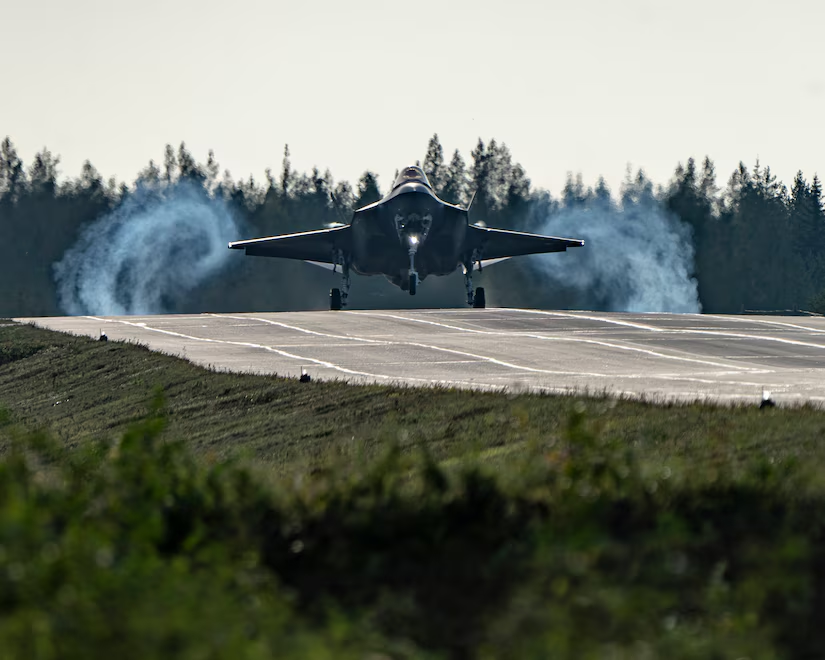NATO and its Indo-Pacific partners of Japan, South Korea, Australia and New Zealand will launch four new joint projects to deepen cooperation, U.S. national security adviser Jake Sullivan told a gathering of defense industry officials Tuesday.
The projects will focus on Ukraine, artificial intelligence, disinformation and cybersecurity, Sullivan said at the first NATO Defense Industry Forum, held on the sidelines of the NATO summit in Washington and hosted by the U.S. Chamber of Commerce.
“Each initiative is different, but the main goal is the same: harness the unique strengths of highly capable democracies to address shared global challenges,” he explained.
“What happens in Europe impacts the Indo-Pacific,” Sullivan said. “What happens in the Indo-Pacific impacts Europe.”
Combining the capabilities of like-minded democracies to address the challenges posed by the likes of Russia, China and North Korea is a central topic of this year’s NATO summit. Participants at the event, held alongside the North Atlantic Treaty Organization’s 75th-anniversary summit, highlighted the changing security landscape.
For most of NATO’s existence, “at most we faced a single strategic competitor that was relatively slow and lumbering,” U.S. Deputy Defense Secretary Kathleen Hicks said at the forum, referring to the Soviet Union.
The security alliance now instead faces a rapid defense industrial expansion by strategic competitors, spearheaded by China.
“The transatlantic defense industrial base is at a pivotal moment,” Hicks said. She described today’s “arsenal of democracy” as global — enlisting both NATO allies and Indo-Pacific partners to step up to the challenge.
Hicks said working with such Indo-Pacific partners as Australia, Japan and South Korea on co-production of weapons and joint maintenance of ships and aircraft will benefit all.
Sullivan announced that in the coming days, all 32 NATO members will pledge to develop plans to strengthen their defense industrial capacity at home — a first in the alliance’s history.
“Like our defense spending commitment, these individual pledges are critical to our collective security,” he said.
NATO Secretary-General Jens Stoltenberg highlighted how many more NATO members are crossing the threshold of spending 2% of gross domestic product on defense.
A decade ago, NATO agreed that 2% should be a goal to strive toward, the outgoing secretary-general said. Today, “2% is not only some kind of ceiling, but 2% is now … the floor for our defense spending,” he stressed.
And through the new defense industrial pledge, not only will allies spend more on defense, they will “spend better,” Stoltenberg said, by “spending more together” toward such ends as utilizing economies of scale.
But integrating capabilities is not only about spending more money, but also about creating more interoperable systems via common standards, Stoltenberg said. He cited the example of Dutch-German brigades being unable to share artillery ammunition.
“And that’s the opposite of interoperability, and this is something we have to take extremely seriously as government and as industry,” the former Norwegian prime minister said.
Stoltenberg said that NATO will be discussing defense industry cooperation with its Indo-Pacific partners when they meet Thursday.
Australia, New Zealand, Japan and South Korea “are all advanced defense industries,” he said. “And part of what we agreed as allies will be to step up our cooperation with them, also when it comes to defense industry capability developments.”





